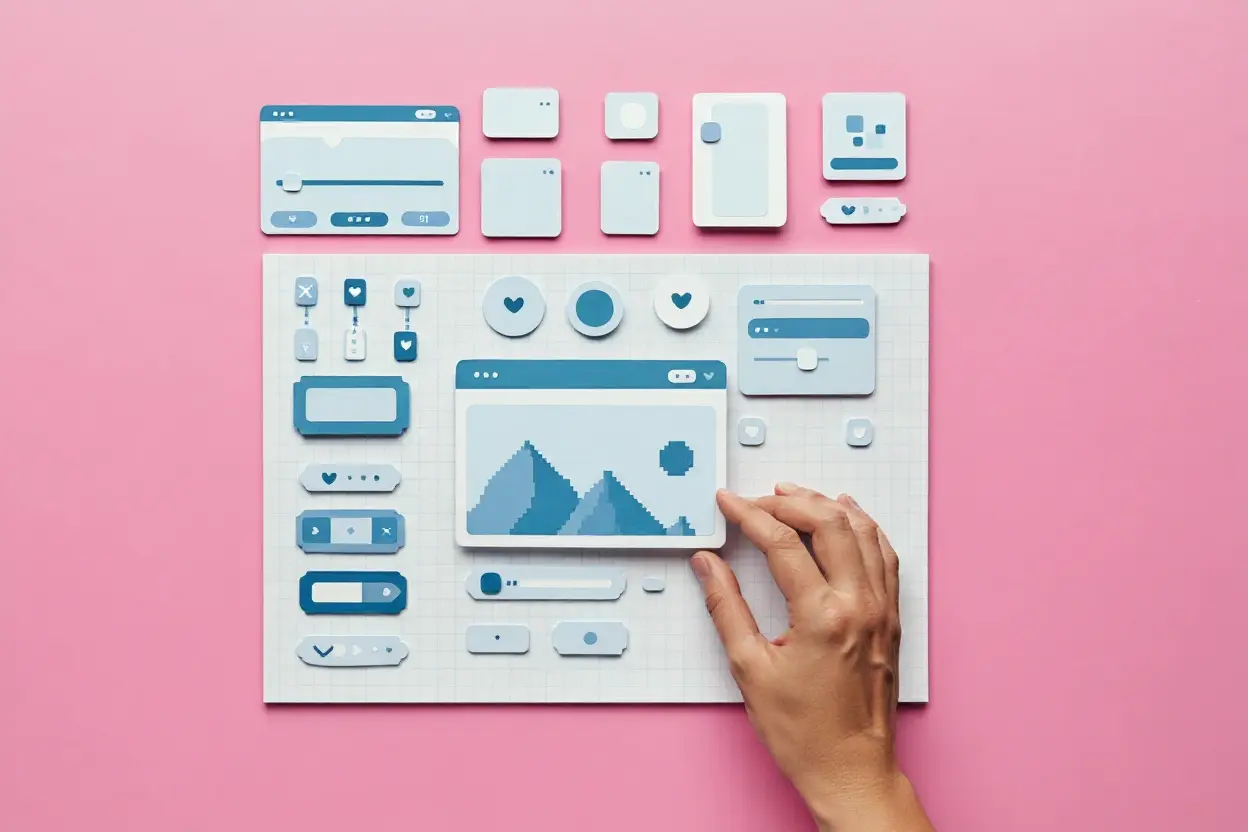In our modern, digital world, where user experience (UX) plays a pivotal role in the success of digital products, gamification has emerged as an innovative strategy to enhance user engagement and interaction. However, like any approach, it comes with its own set of challenges. This article explores the concept of gamification in UX, its benefits, strategies, and specific examples, and also addresses the criticisms some have levied at the uses of gamification.
Benefits of Gamification in UX
Gamification in UX can have a positive impact by enticing users to try a product and convincing them to stay there.
Ways gamification can be useful:
- Increased User Engagement: By making tasks feel more like games, users are likely to find the experience more enjoyable and engaging.
- Improved User Retention: Gamification can encourage users to return to an app or website, thereby increasing retention rates.
- Enhanced User Satisfaction: Rewarding users for their actions can lead to higher satisfaction levels.
- Behavioral Change: Gamification can be used to motivate users to change their behaviors positively, such as promoting healthier habits or improving learning outcomes.
Key Strategies in Gamification
- Points and Scoring Systems: Assigning points for certain actions encourages users to engage more with the product.
- Badges and Achievements: These serve as tangible rewards and milestones for user accomplishments.
- Leaderboards: Encouraging a sense of competition can motivate users to improve their performance.
- Challenges and Quests: These provide users with goals and objectives, making the experience more goal-oriented.
- Tangible Results: Gamification can be used to allow users to contribute materially, such as earning small amounts of money or contributing to social good as they engage.
Examples of Gamification in UX
Below are some examples of companies effectively using gamification in their UX strategies:
Duolingo: Making Language Learning Fun
Duolingo, a language learning app, is a prime example of gamification done right.
It uses points (XP), streaks, and in-app currencies to encourage daily usage. Users can compete with friends, earn rewards, and unlock new levels as they progress, making the learning process engaging and addictive.

Nike Run Club: Fitness with a Competitive Edge
Nike+ Run Club app uses gamification to motivate users to achieve their fitness goals. It tracks runs, provides challenges, and lets users compete with friends. The app awards badges for milestones and allows users to share their achievements on social media, thus integrating social recognition into the fitness journey.

Starbucks Rewards: Loyalty through Gamification
Starbucks uses a gamified loyalty program where customers earn stars for purchases. These stars can be redeemed for free drinks and other rewards. The app also offers occasional challenges where users can earn extra stars, encouraging more frequent visits and purchases.

Criticisms of Gamification
While gamification has its advantages, there are some inherent challenges involved with using it in an effective, transparent way.
A few of the greatest challenges include:
- Shallow Engagement: Some suggest that gamification leads to shallow engagement, where users focus on earning rewards rather than engaging deeply with the actual content or learning material.
- Manipulative Tactics: There's a concern that gamification can be manipulative, exploiting psychological triggers to encourage addictive behaviors, especially in vulnerable users.
- Quality of Experience: Gamification can sometimes overshadow the core functionality and user experience of the product, making it more about the game than the service itself.
- Inequality and Unfairness: Leaderboards and competitive elements might create a sense of inequality among users, discouraging those who are less skilled or new.
- One-Size-Fits-All Approach: Gamification might not suit every user demographic or product type, leading to ineffective or even counterproductive results in some cases, creating accessibility issues.
Designing for Effective Gamification
To effectively implement gamification in UX, certain design principles should be followed:
- Understand User Motivation: Identify the target audience and understand their motivations, needs, and preferences. Create gamification elements with users' intrinsic motivations in mind, such as achievement, autonomy, and social interaction. This will help to ensure that you’re promoting actions that align with the purpose of your product.
- Set Clear Objectives: Goals should be clearly defined as users work within the system, and the objective of gamification should be communicated to users clearly. Users should know what they are doing, why they’re doing it, and what it will get them in return.
- Balance Challenges: The level of difficulty should be neither too easy nor too hard to maintain user interest. Something being too easy can result in boredom; too challenging can alternatively result in frustration.
- Have Feedback and Rewards: Provide immediate and meaningful feedback to users for their actions. Use rewards, such as points, badges, or levels, to acknowledge achievements and motivate users.
- Create Real-World Impact: Connect gamification achievements to real-world benefits or rewards whenever possible. Show users how their actions within the system contribute to tangible outcomes.
Conclusion
Gamification in UX is a potent tool for enhancing user engagement but comes with its share of criticisms. It's crucial to approach gamification thoughtfully, ensuring it aligns with user needs and enhances rather than detracts from the user experience. By considering these aspects, designers can create more effective, engaging, and balanced user experiences.
For further reading and more detailed case studies on gamification in UX, you can refer to the following resources:
Reality Is Broken: Why Games Make Us Better and How They Can Change the World by Jane McGonigal.
The Gamification of Learning and Instruction by Karl M. Kapp.
Incorporating gamification requires a nuanced understanding of both its potential benefits and pitfalls, guiding the design of user-centric digital solutions.



.svg)









.webp)




